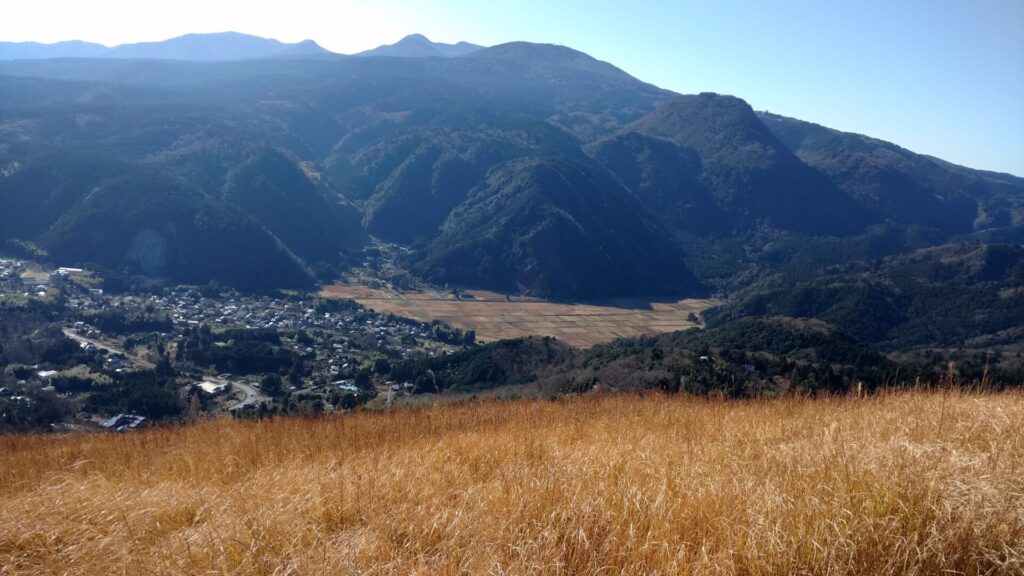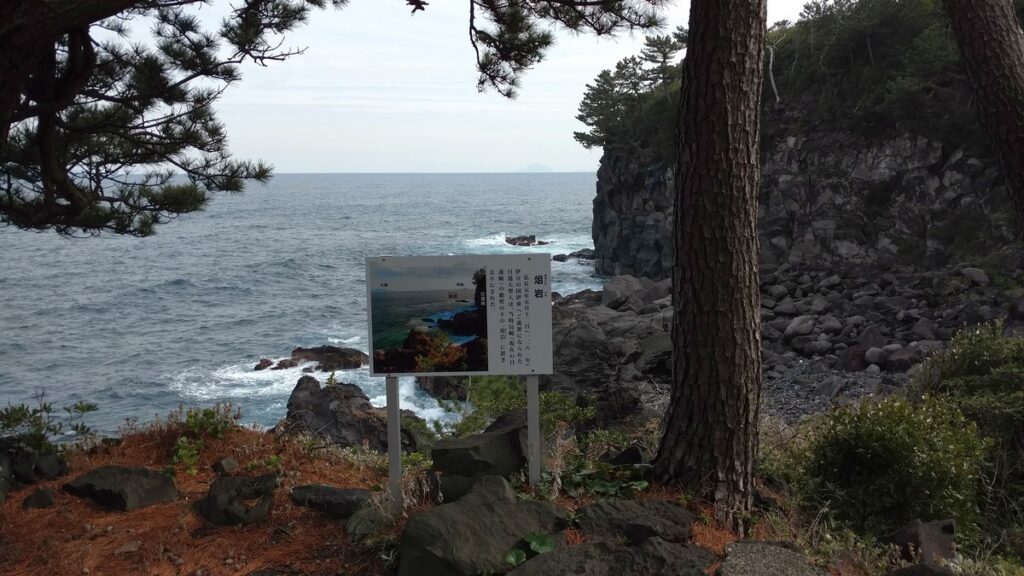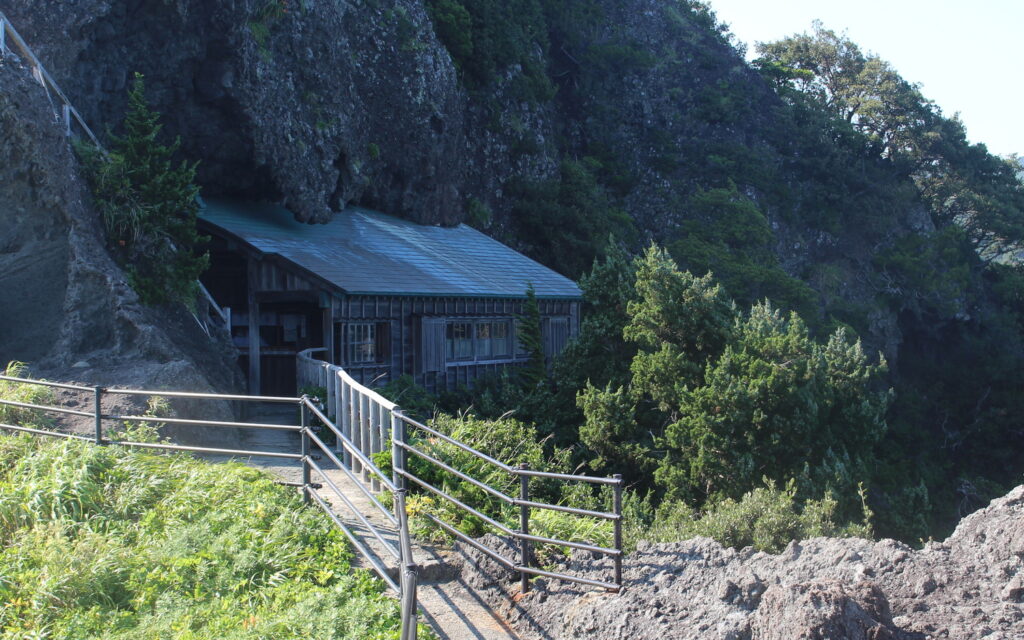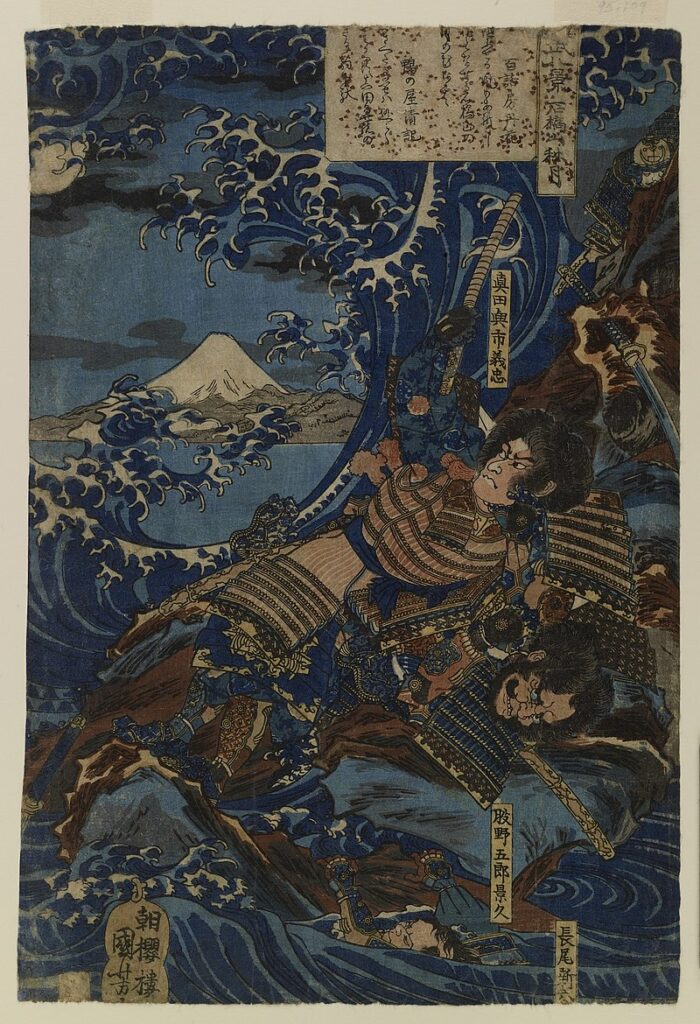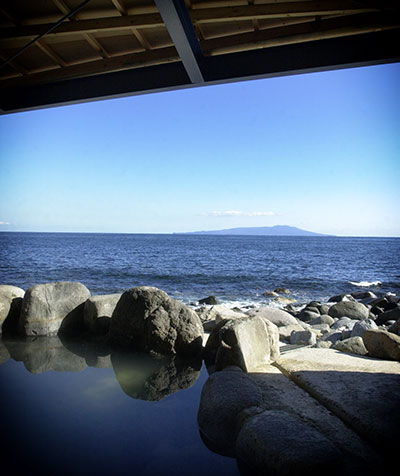The Peninsula That Shaped Japan’s History
The Izu Peninsula is known by most Japanese people for its plentiful onsen (hot springs) resorts and amazing natural scenery. However, few people think of Izu as a place that shaped Japanese history.
The most important reason that Izu played a pivotal role in Japanese history is because it was a place of exile. These days, people happily self-exile to Izu in droves, but in ancient Japan, exile was legally one step below the death penalty. Exile was often used for noble and politically significant figures, allowing them to live but removing them from the center of power.
Over the centuries, Izu became a prison not only for political figures but also for spiritual leaders and literary figures who found themselves at odds with the ruling powers. Among these exiles, Minamoto no Yoritomo stands out as the most famous, but his was not the only story of survival and eventual triumph in Izu. This article explores Izu’s history and the key role this remote peninsula played in shaping Japan’s future.
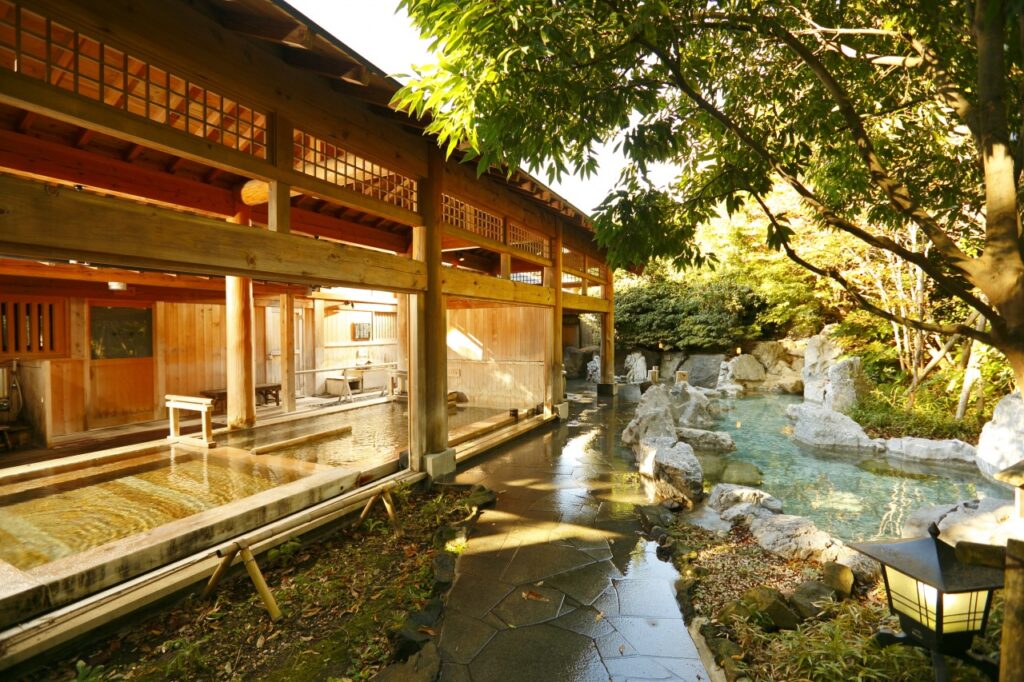
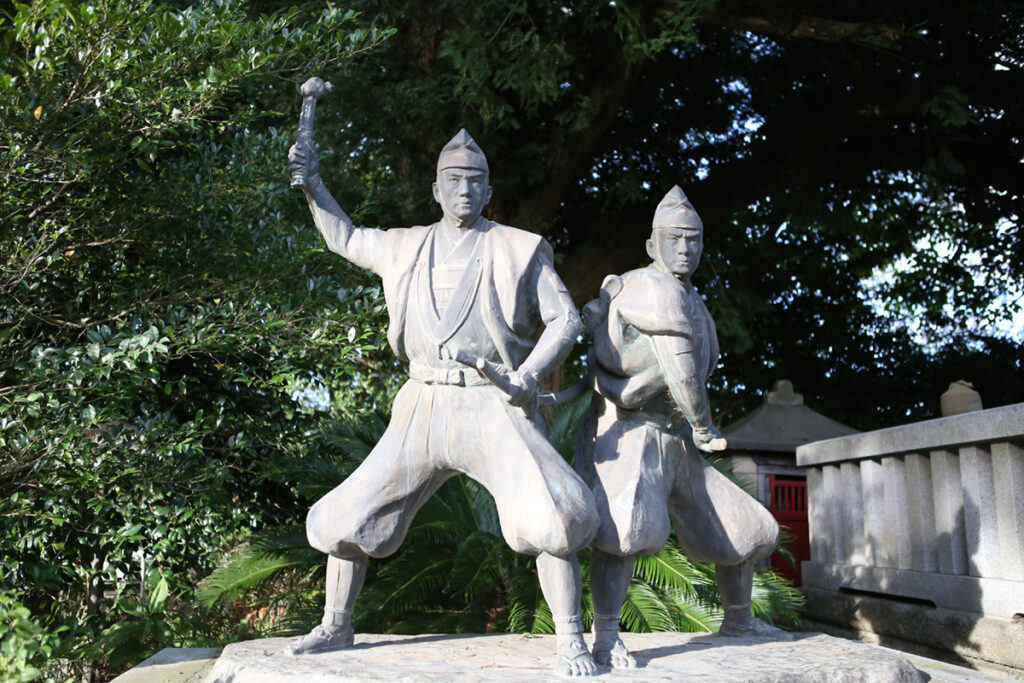
A Place of Isolation and Strategic Importance
The Izu Peninsula, with its rugged coastlines and steep mountains, was geographically perfect for exile. It was far enough from the capital of Kyoto to keep exiled individuals out of sight, but not so remote that they couldn’t be monitored. Its natural features created an ideal environment for keeping political dissidents and troublesome figures away from the center of power.
For many, Izu was a temporary prison that allowed for quiet reflection and planning. Spiritual leaders and scholars, for example, often found solace in the isolation. It wasn’t uncommon for exiled individuals to form new spiritual or literary movements during their time in Izu, as they withdrew from the turbulence of political life.
Minamoto Yoritomo: From Exile to Shogun
The story of Minamoto no Yoritomo’s exile is the most important example of how Izu shaped Japanese history. After the defeat of the Minamoto clan by the Taira during the Heiji Rebellion, Yoritomo was exiled to Izu. While the powerful Taira clan in Kyoto intended for him to be banished to obscurity, Yoritomo used his time in exile to build strategic alliances, including his marriage to Hōjō Masako, the daughter of the powerful Hōjō clan.
Yoritomo’s rise from exile to the first shogun of Japan is the stuff of legend. From his base in Izu, he quietly gathered support, and by 1180, he launched a successful rebellion against the Taira clan. His victory marked the beginning of the Kamakura Shogunate, ushering in the samurai era and shifting the power base away from the aristocracy in Kyoto to the military government in Kamakura.
Yoritomo wasn’t the only important exile in Izu. Throughout history, several other influential people lived here, leaving their own marks on Japanese history.
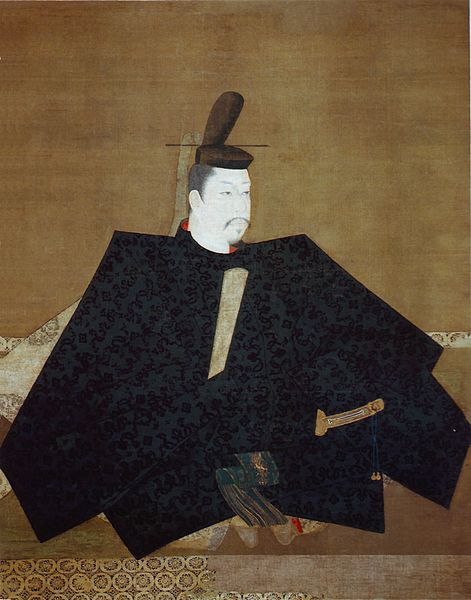
Spiritual and Literary Exiles: Finding Solace and Inspiration in Izu
Beyond political figures, Izu was also home to spiritual leaders and literary figures who were sent into exile. For these individuals, Izu offered a place of contemplation, spiritual development, and literary inspiration. Some notable exiles include:
Nichiren: The founder of the Nichiren school of Buddhism, Nichiren was exiled to Izu in 1261 after angering the authorities with his outspoken criticism of other Buddhist sects. During his exile, Nichiren continued to write and spread his teachings, which eventually gained wide support. Izu thus became a place where Buddhism flourished in new ways, influencing spiritual thought across Japan.
En no Gyōja: A mystic and ascetic known as the founder of Shugendō, a syncretic religion that blends Buddhism, Shinto, and local animistic practices. He was exiled to Izu Oshima in 699 AD for allegedly using sorcery against the government. While historical records on his exact movements remain somewhat murky, it’s said that En no Gyōja played a significant role in the development or sanctification of Izusan Shrine in Atami.
Perched on the slopes of Mount Izu, the shrine is dedicated to deities associated with mountain worship and nature — a theme that aligns closely with En no Gyōja’s ascetic practices. Iwamura Shrine in the Minami Izu area is another site where En no Gyōja is believed to have contributed to its sanctity during his time on the peninsula. The rugged southern landscape of the Izu Peninsula, with its cliffs and mountains, would have been a perfect environment for the ascetic practices and mountain rituals En no Gyōja championed.
Fujiwara no Teika: A famous poet of the Heian period, Fujiwara no Teika is believed to have spent time in exile in Izu. Teika’s time in isolation may have given him the quiet he needed to compose some of his greatest works. For Teika and others, Izu’s natural beauty—its waterfalls, rivers, and forests—served as inspiration for poetic reflection, leading to a deepening of Japan’s literary traditions.
These figures, though politically marginalized, helped to shape Japan’s spiritual and cultural landscapes. Their time in Izu fostered introspection, allowing for the development of new ideas that would later influence generations.
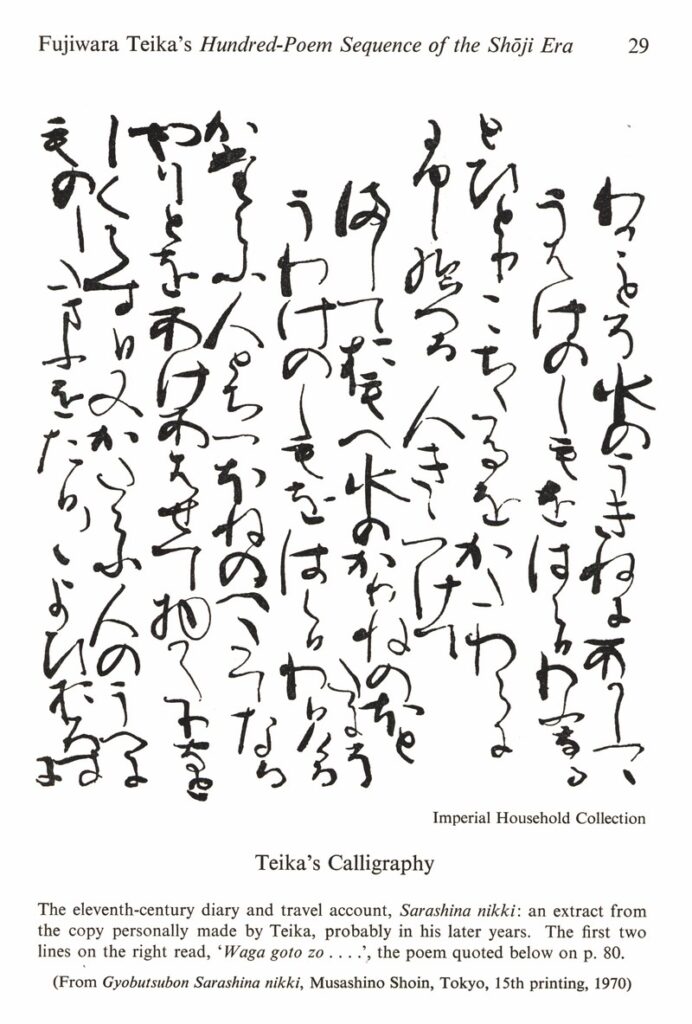
Exile: Remote Survival, but Not Without Opportunity
While the life of an exile in Izu was often harsh and isolated, the peninsula offered opportunities for those with the will to survive and the ambition to thrive. Exiles like Minamoto no Yoritomo turned Izu’s isolation into an advantage, quietly building networks of support and influence among the local samurai families.
The same could be said for the spiritual and literary exiles. Izu’s remoteness provided an environment conducive to meditation, writing, and reflection. For spiritual leaders like Nichiren and En no Gyoja, it became a place to continue their teachings, away from the suppression of the authorities. For literary figures like Fujiwara no Teika, the natural beauty of Izu offered poetic inspiration.
In this way, Izu was not only a prison but also a place where new movements and creative ideas could take root.
Izu’s Legacy: From Exile to Tourism
While exile defined Izu’s role in the medieval period, its significance didn’t end with the rise of the Kamakura Shogunate. In the Edo period, Izu once again found itself at the center of historical events shorty after Commodore Perry’s Black Ships arrived in the waters near Uraga, forcing Japan to open its borders. The treaty negotiations led by Townsend Harris in Shimoda marked the end of Japan’s isolationist policies and the beginning of a new era of international trade and diplomacy.
Izu’s role in both the beginning and the end of the shogunate era is profound. From Yoritomo’s exile to the downfall of the Tokugawa Shogunate, Izu has been a place where Japan’s political fate has been shaped.
From a Land of Exile to a Popular Escape
Today, Izu has transformed from a place of exile into one of Japan’s most popular vacation destinations. Its beautiful coastline, hot springs, and lush forests attract countless visitors every year. But behind the modern hotels and tourist sites lies the old Izu—a place of exile, reflection, and political intrigue.
Though much of old Izu has been obscured by tourism development, especially on the east coast, there are still places where the echoes of history can be found. The temples where Nichiren meditated, the rugged landscapes where En no Gyōja practiced asceticism, the natural landscapes that inspired Fujiwara no Teika and the temples and shrines where Yoritomo plotted his return to power are still accessible for those who know where to look.
To uncover these important places, you need a local guide who understands the land and its history and has the local connections to reveal these hidden gems. Jimmy’s Izu Tours offers a unique opportunity to experience the old Izu — from the spots tied to Japan’s most famous exiles to hidden waterfalls, trails, and spiritual sites that are often missed by casual tourists. Let us take you on a journey through the authentic Izu, revealing not only its natural beauty but also its deep historical and cultural significance.


